WHY TRANSPARENCY AND TRACEABILITY ARE SO CRITICAL IN THE FASHION INDUSTRY
One of the main MASSIVE reasons transparency and traceability are now being discussed by the Fashion Industry is the Rana Plaza collapse. In this article we will go over some important facts of the collapse and also discuss why this has led to the critical importance of transparency and traceability in the fashion industry. At the end of the article, we discuss what brands and retailers can do to improve their transparency as it relates to suppliers and manufacturers and what things consumers should look for in a brand when it comes to transparency.
The 2013 Dhaka garment factory collapse (also referred to as the 2013 Savar building collapse or the Rana Plaza collapse) was a structural failure that occurred on April 24th, 2013 in the Savar Upazila of Dhaka District, Bangladesh, where an eight-story commercial building called Rana Plaza collapsed.
Let us set the scene for you.
It started out as a beautiful day in Bangladesh back on April 24, 2013. A hot day with a temperature of 33 degrees C and not a cloud in the sky. The day before the collapse, deep cracks around the building started to appear in the walls, pillars and floors and people started to take notice. The appearance of the cracks were also broadcast on local TV. After the cracks were noticed, workers are asked by management to leave their factories. If the workers never went back to work the following day, we would not be discussing this right now. However, that is not how the scene played out. Later that day, the building owner, Sohel Rana, stated that an Engineer has pronounced the structure safe and that workers should return to work the following day. The morning of the collapse, workers, who had been producing clothes sourced by major international brands, asked not to be sent inside. However, according to various sources managers would not take no for an answer. The building’s owners deemed the building safe and told people to go back to work. This decision ended up causing a massive catastrophe.
Here is a video, showing the cracks that were present in the building.
http://https://www.youtube.com/watch?v=BwpL7ZpdloE
The Bangladesh Garment Manufacturers and Exporters Association president confirmed that 3,122 workers were in the building at the time of the collapse. The morning of the collapse there was a power outage, and diesel generators on the top floor were started. According to sources, Rana Plaza took less than 90 seconds to collapse, killing 1,134 people. The Rana Plaza structure was a mass of rubble, twisted metal, machinery and crushed and trapped bodies. The building housed a shopping centre on the lower floors with five garment factories located on the third to eighth floors. Over 2000 injured people were rescued from the building alive.
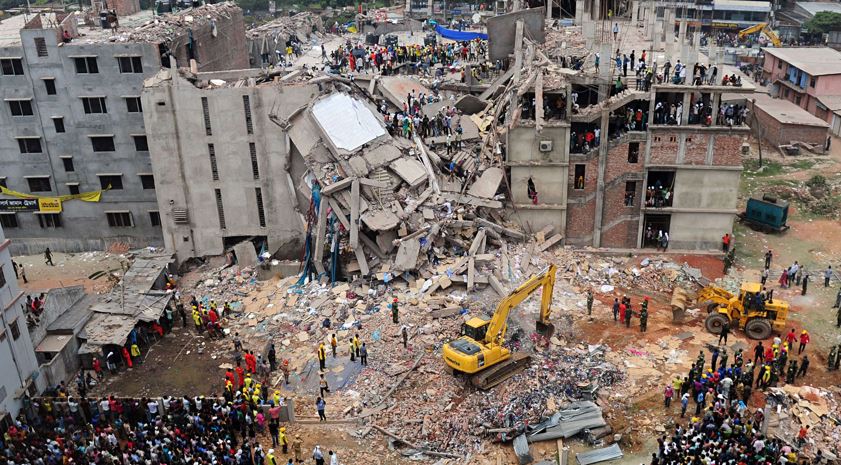
The direct reasons for the building problems were:
- Building built on a filled-in pond which compromised structural integrity
- Conversion from commercial use to industrial use
- Addition of three floors above the original permit
- The use of substandard construction material (which led to an overload of the building structure aggravated by vibrations due to the generators).
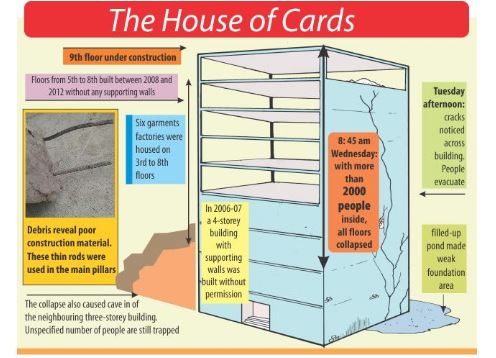
After the disaster, murder charges were brought against 38 people and more than 200 apparel companies from 20 countries signed the Accord on Fire and Building Safety in Bangladesh. The signatories include American Eagle Outfitters, Zara and H&M. Since then 97,000 of 132,000 hazards at factories in Bangladesh have been eliminated according to Mark Anner, Director of the Center for Global Worker’s Rights at Penn State. However, sadly there are still issues.
So why then did this horrible event spark the need for transparency?
Retailer and brands may work with hundreds or thousands of factories. Those are the suppliers that cut, sew and assemble garments in the final stages of production. However, there are many suppliers and facilities further down the supply chain that weave, print, dye and finish fabrics and spin yarn.
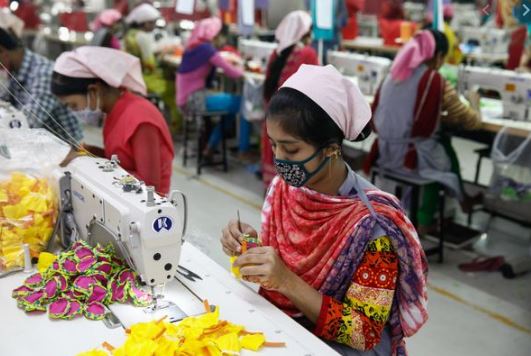
Further down the supply chain are also farms that grow fibres used in the clothing we buy. This is why transparency in the fashion industry is so critical.
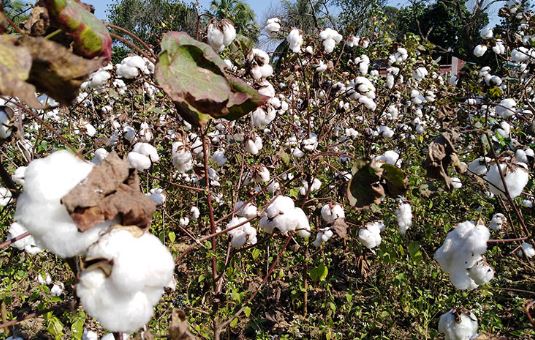
Because the majority of fashion brands today do not own their manufacturing and suppliers facilities, it makes it a challenge to control and monitor building conditions and fire safety standards. Many brands use a complicated network of suppliers to make their clothes. Instead of the brand employing makers, they pay money to factories who employ makers, which means the brands aren’t solely responsible for the health and safety of the workers.

If brands do not really know what is happening in their supply chains, surely the consumer will never know. If brands and retailers are unaware of the details and conditions of their supply chains, it is hard and virtually impossible to assist in the area of social and ethical issues, environmental issues and safety concerns.
“Transparency and traceability are essential
in creating ground-shaking
positive change in the Fashion Industry”
Lizzy Cross, founder of Moda Circolare
The Fashion Revolution’s Fashion Transparency Index is a great document that reviews and ranks the transparency of the top 250 of the world’s largest fashion brands and retailers according to how much they disclose about their social and environmental policies, practices and impacts.
According to the Fashion Revolution, Fashion Transparency Index 2020, when consumers are equipped with more and better quality, credible information about the social and environmental impacts of the clothes they buy they are able to make better informed decisions. As a result, transparency builds trust in the brands they buy and a lack of transparency can damage a brand’s reputation.
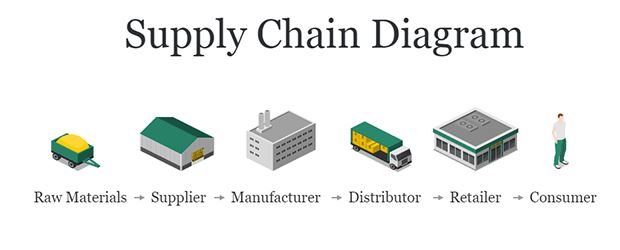
Below is a list created by Moda Circolare outlining the recommended requirements for BRAND/RETAILER to consider if you are wanting to become more TRANSPARENT as it pertains to Sustainable Fashion.
As a BRAND/RETAILER your responsibilities should include, but are not limited to:
- Create a Supplier Code of Conduct and publish it
- Audit all of your suppliers and when issues are found, take corrective action and document the process
- Policy Inclusion for Brand and Retailers should include, but not limited to: Environmental Policy, Ethics Policy, Biodiversity Policy, Waste and Recycling, Energy Use and Carbon Emission Policy, Modern Slavery Policy, Animal Welfare Policy, Child Labor Policy, Forced or Bonded Labor Policy, Harassment and Violence Policy, Equal Pay Policy, Anti-bribery, Maternity Rights and Parental Leave, Working Hours and Rest Breaks, Freedom of Association, Right to Organize and Collective Bargaining Policy etc.
- Identify Human Rights and Environmental Risks. If any issues are found, remediate and document
- Have a confidential Grievance Mechanism for employees and workers in the supply chain
- Publish Strategic Roadmap and Goals for improving social and environmental impacts across the value chain. Goals should be time-bound and measurable.
- Create an Annual Sustainability Report – that reports on progress towards achieving the goals initially laid out
- Publish List of your Suppliers
- This should include factories, processing facilities and raw material suppliers
- The list should include disclosing the factories where their clothes are made (cutting and sewing)
- Include processing facilities down the supply chain (eg. Ginning and spinning, wet processing, printing, dying houses, laundering etc.)
- Disclose your suppliers of raw materials (fibres, metals, rubber etc.)
- Include name of factory, address, types of products, number of workers, sex breakdown of workers, whether the facility has a trade union, number of contract or migrant workers, date of list update, and the availability of the list in an excel spreadsheet etc.
According to the Fashion Transparency Index 2020, publicly disclosed supplier lists are helping trade unions and workers’ rights organizations to address and fix problems which workers are facing in the factories that supply major brands and retailers. Knowing the names of major buyers from factories gives workers and their unions a stronger leverage.
Publishing supplier lists can also benefit brands themselves. It can enhance investor and consumer trust in the brand, showing stakeholders that brands are willing to be open and honest about where their products are being made.
What can you do as a consumer?
- Investigate if the brand has Sustainability Information including a Sustainability Plan and see if they report annually
- Look for brands and retailers that have annual goals and targets
- Look for brands that identify who their suppliers and partners are
- If a brand does not seem to list the Sustainability information for what you are looking for, email them and ask. If they respond to your request, that is wonderful. If they do not respond to your request, I would see if there are other brands that are better.
- Utilize the Good On You App. This app is easy to use and can identify what brands and retailers are great, good and not so good when it comes to Sustainability.
After reading this article, I hope you can see why transparency and traceability in the fashion industry are so critical. Here is link to other resources to assist brands in the area of Sustainability.
Looking to create a Sustainability Plan? If so, please contact us at: modacirc@gmail.com or find us here!
CONTACT MODA CIRCOLARE
About the author:

Lizzy Cross is an expert in sustainable and circular fashion and is the founder of Moda Circolare, a sustainable fashion consulting agency. Moda Circolare helps fashion and apparel brands embed sustainability into their current business strategies. Moda Circolare’s mandate is to help the fashion industry live in harmony with nature and they do this by working with brands to create robust Sustainable and Circular Business Strategies and Roadmaps for Success.

